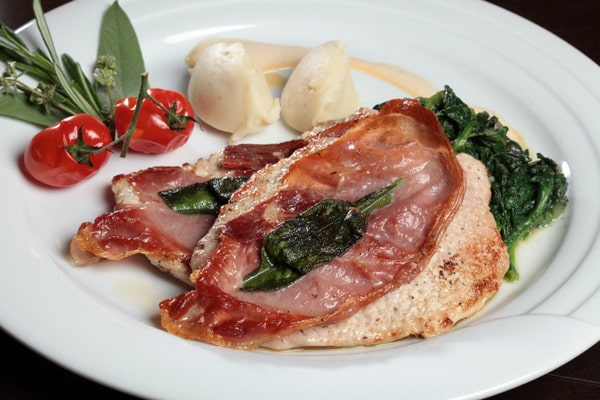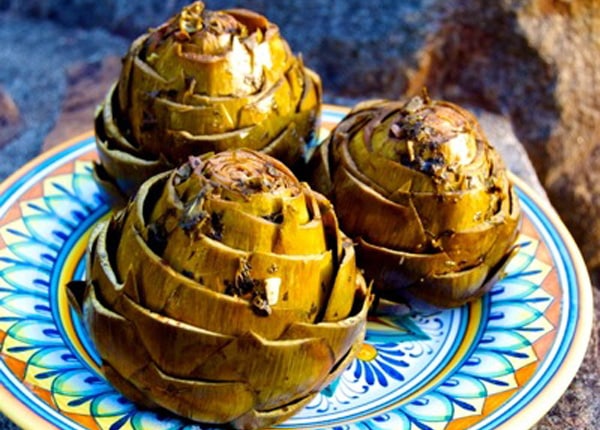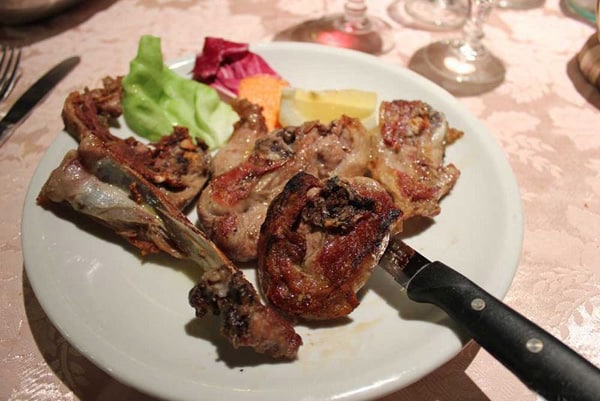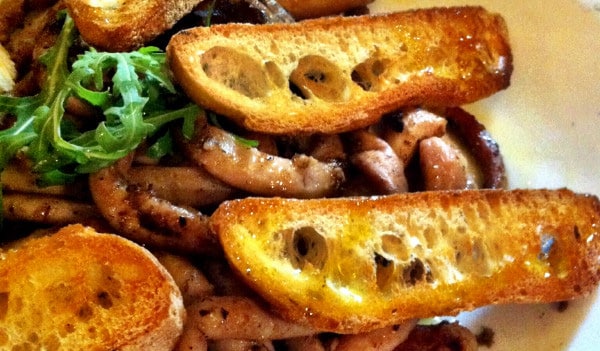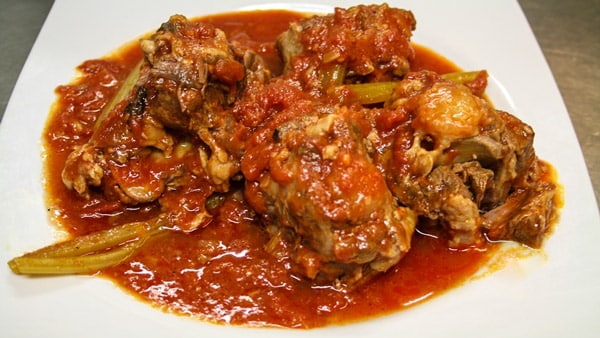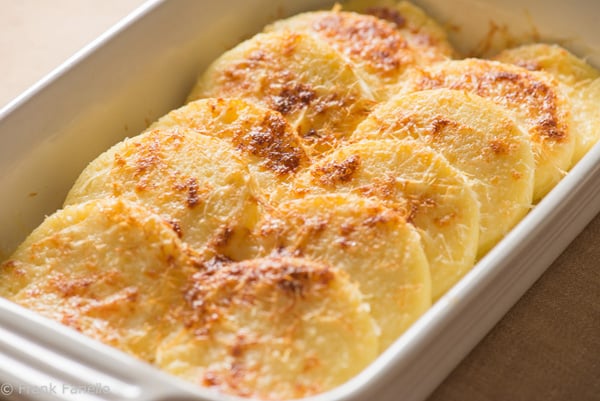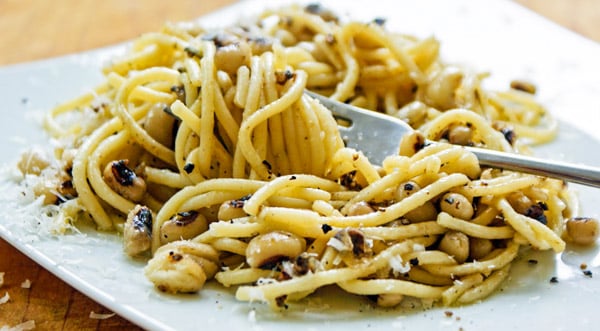Heading to Rome, you’ll want to fully immerse yourself in its atmosphere and get acquainted with cultural traditions and the peculiarities of everyday life. Authentic cuisine plays a far from insignificant role in this. You’ll be surprised, but Italian culinary art isn’t limited to pizza and pasta. Use our rating of the top ten Roman cuisine dishes to truly taste the Eternal City!
Page Contents
Saltimbocca
A dish with a playful name, saltimbocca, which literally means “jump in the mouth,” rightfully tops our list of local culinary achievements. Tender, melt-in-your-mouth veal escalope with bacon – invented and is a hallmark of Northern Italy’s cuisine but is quite popular in Rome. It’s served with an aromatic white wine sauce.
Bucatini all’amatriciana
In Russian reading – bucatini al’ amatriciana. Pasta bucatini (thick spaghetti with a hole) is doused in a sauce invented in Amatrice, a town in the north of the Lazio region. The sauce’s base is guanciale (pork cheek) and dense plum tomatoes. This dish is not for those on a diet. Beware of the calories!
Carciofi alla Romana
Artichoke – the king of vegetables in Italy. Carciofi alla Romana is arguably the most popular order in Roman restaurants. They’re boiled in pure Roman water with the addition of olive oil and white wine and stuffed with garlic and spices. A shoutout to vegetarians!
Abbacchio scottadito
Lamb chops (abbacchio scottadito) are a great second-course option for all meat lovers. The Lamb, grilled by Roman chefs’ hands, turns into a true masterpiece.
Spaghetti alla carbonara
Spaghetti carbonara is a legendary Italian dish, and restaurants worldwide try to replicate it with varying success. But the real pasta carbonara is best tasted in Rome, for example, at Carlo Menta. The famous sauce includes pieces of pork (pancetta or guanciale), eggs, and Parmesan.
Theories about the origin of this famous pasta vary. Some consider it a favorite dish of Roman coal miners. In contrast, others claim its name is in honor of the Carbonari (Carbonaro — members of a secret, strictly clandestine society in Italy from 1807 to 1832).
Carciofi alla giudia
Carciofi alla giudia, or Jewish-style artichokes, is a traditional dish of the Roman Jewish community. Prepared for the Yom Kippur holiday for centuries, these fried in olive oil artichokes resemble golden chrysanthemums when cooked. They’re best savored in restaurants in the former Roman ghetto.
Pajata
Unexpectedly, the main ingredient of pajata, a refined Roman dish, is the intestines of a milk-fed veal! Sounds strange, but it tastes quite delightful. It’s most often used as a sauce for thick pasta like rigatoni.
Coda alla vaccinara
Oxtail stew (coda alla vaccinara) is an ancient delicacy of Roman slaughterhouse workers. This product was free for them; hence, it was always available. The tails are stewed in tomato sauce for four hours. Nowadays, they add – surprise! – cocoa and pine nuts, which give the sauce a deep and rich flavor. This is an aristocratic innovation; the slaughterhouse workers knew nothing of such refinements. There’s not much meat, but the dish is delicious and very filling.
Gnocchi alla Romana
Gnocchi alla Romana, or Roman-style dumplings. Appetizing balls made from potato dough, baked under béchamel sauce. Traditionally, Thursday is gnocchi day in Rome; this treat is a must on the menu of most restaurants once a week.
Cacio e Pepe
Be careful with this masterpiece of Roman cuisine. Cacio e pepe (cheese and pepper) is traditional pasta with sheep’s cheese and a large amount of coarsely ground black pepper. There’s indeed a lot of it, two teaspoons per 200 grams of pasta! But if you like spicy food, this recipe is definitely for you.
 Italy for me From Italy with love
Italy for me From Italy with love


